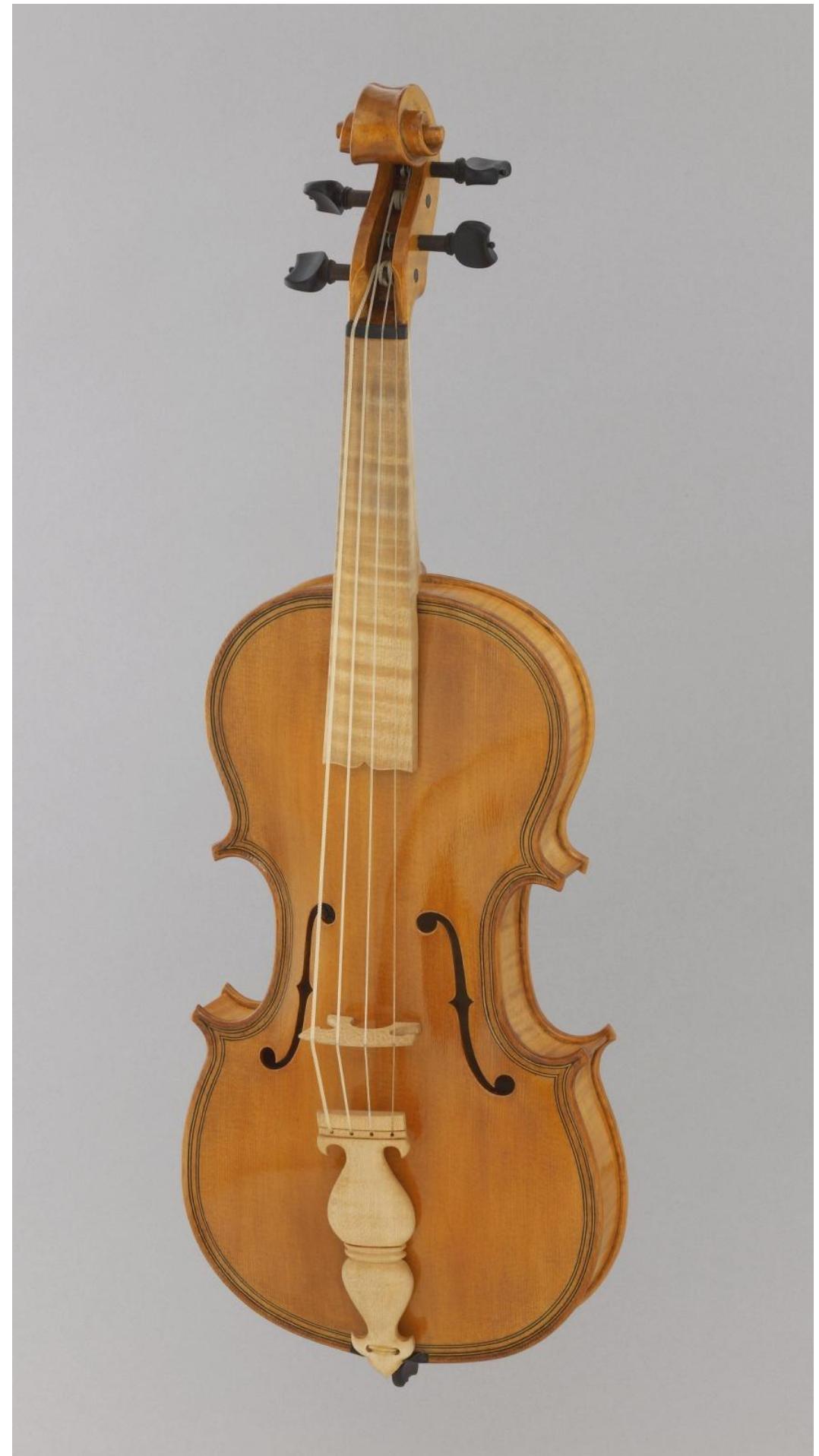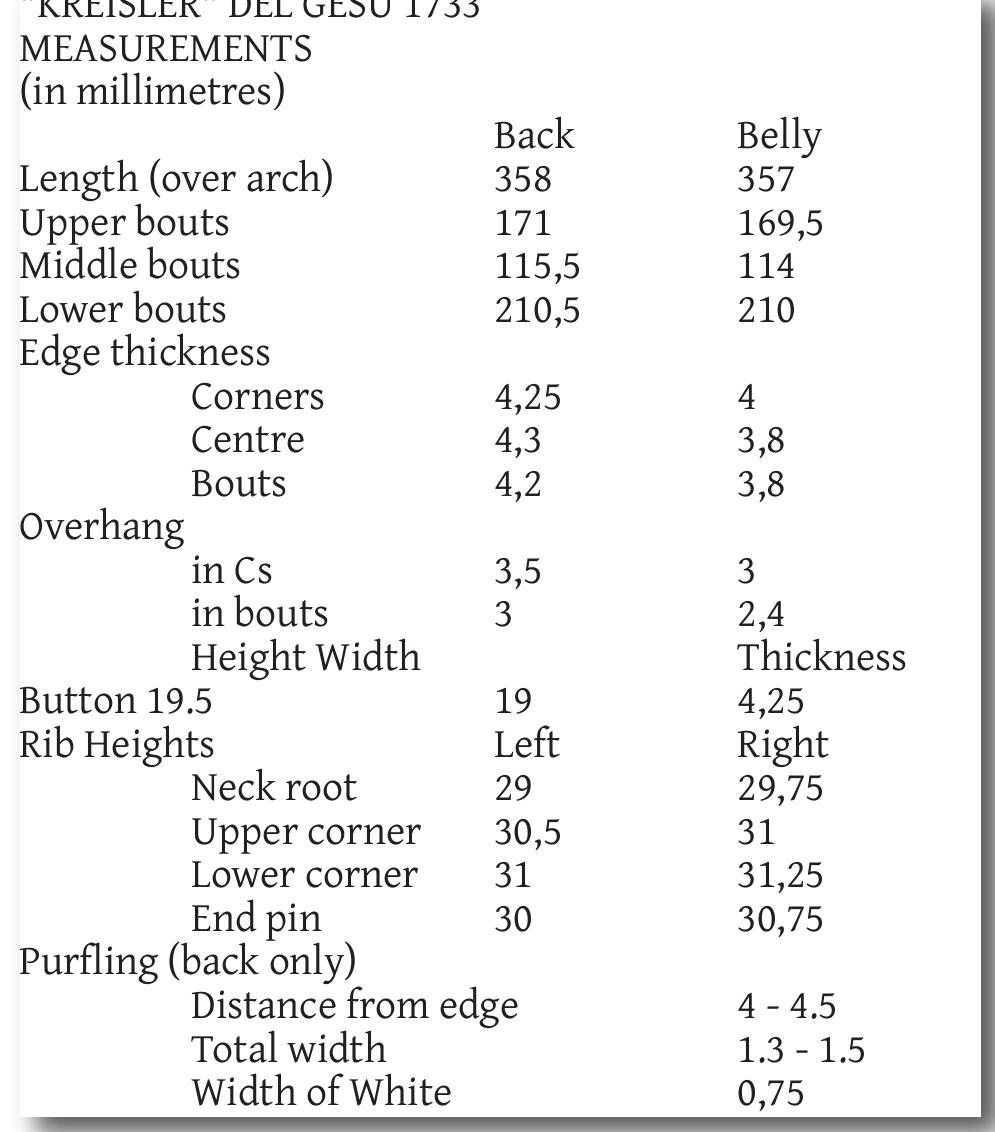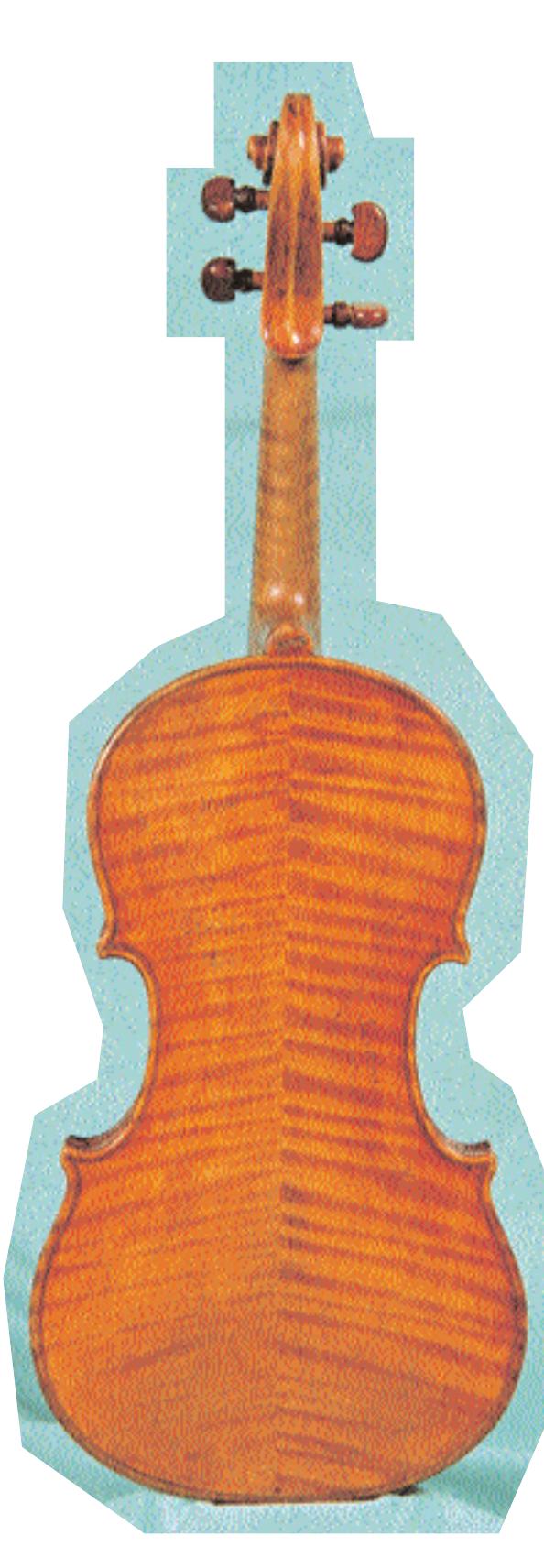Key research themes
1. How can dendrochronology and scientific analyses authenticate and attribute historical violins to specific makers and periods?
This theme investigates the use of dendrochronology (tree-ring dating) combined with advanced archaeological and chemometric techniques to authenticate violins and attribute them to particular luthiers or timeframes. These methods provide concrete empirical data beyond stylistic analysis, allowing more precise historical placement and verification of artisanal provenance. This matters as many historically significant violins have unclear origins, multiple copying practices, or require preservation and restoration decisions informed by accurate dating and maker attribution.
2. What acoustic qualities and technological evolutions characterize historical violin making from early designs to the Stradivari ‘Golden Period’?
This research explores the acoustic properties underlying violin design evolution, specifically the transition from Amati to Stradivari, investigating how formant structures and material treatments contribute to the violin's distinctive timbre and sound projection. Understanding these factors elucidates why certain instruments have become models of tonal excellence, informs reconstruction of historical playing conditions, and guides modern luthier practices.
3. How did historical and sociocultural factors shape violin making traditions and pedagogical lineages in Europe from Renaissance to Romantic periods?
This theme examines the sociopolitical and cultural dynamics influencing the emergence, development, and dissemination of violin making traditions, with focus on prominent family dynasties like the Gaglianos in Naples, the Cremonese schools, and violin pedagogy evolution through the Romantic era. It also includes the study of teaching lineages and stylistic schools, showing how external conditions, migrations, and individual influences affected instrument production, technique, and expressive ideals.




























